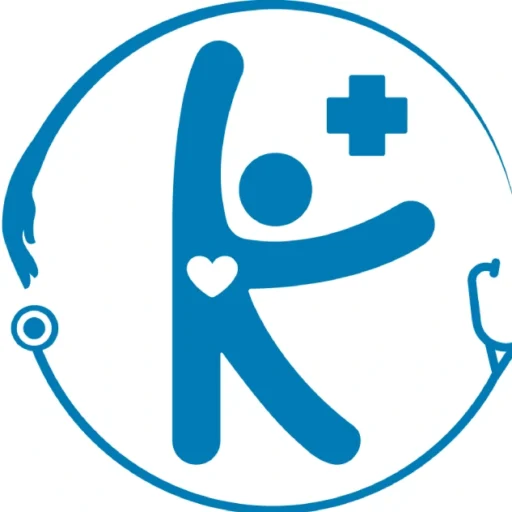Diabetes has become one of the most prevalent health issues of our generation, but what most people don’t know is that it typically doesn’t occur overnight. When a person is diagnosed with type 2 diabetes, he or she will typically have undergone a phase known as prediabetes first. Prediabetes is a term indicating your blood sugar is elevated above normal but not high enough to be diagnosed as diabetes.
As per health professionals, there are millions of people who are suffering from prediabetes without realizing it. The risk is that it is silent—there aren’t noticeable symptoms until the disease has advanced. The good news is that prediabetes is reversible with the right changes, but you have to start with seeing the warning signs first.
Following are some of the prevalent signs you should never overlook.
1. Persistent Fatigue
A common early warning sign of prediabetes is ongoing tiredness, where you feel drained despite getting enough rest. Even after a full night’s sleep, you may still feel drained because your body struggles to use sugar as fuel, leaving your cells starved of energy.
2. Excessive Thirst and Frequent Urination
High blood sugar pulls water out of your tissues, making you dehydrated. This creates a cycle where you feel thirsty all the time and need to use the bathroom more often than usual.
3. Unexplained Weight Changes
Prediabetes can cause sudden changes in weight. Some people gain fat, especially around the stomach, while others lose weight as the body starts burning muscle and fat instead of glucose for energy.
4. Increased Hunger After Meals
If you finish a meal but quickly feel hungry again, it may be due to unstable blood sugar. Glucose spikes and crashes leave you feeling unsatisfied, creating cravings and frequent eating habits.
5. Slow Healing and Frequent Infections
Cuts, scrapes, or bruises that take longer than normal to heal may point to high blood sugar. Repeated skin infections, gum problems, or urinary tract infections are also common warning signs.
6. Blurred Vision
Rising sugar levels can affect the lenses of your eyes, pulling out fluids and causing them to swell. This leads to temporary blurry vision, often mistaken for simple eye strain.
7. Numbness or Tingling in Hands and Feet
Prediabetes can quietly damage your nerves. Tingling, burning, or numbness in your hands, feet, or legs is a sign that your nerves are under stress due to high blood sugar.
Who Is at Risk?
Prediabetes can affect anyone, but some factors make the risk much higher:
- Being overweight or obese, especially with belly fat
- Leading a sedentary lifestyle with little physical activity
- Having a family history of type 2 diabetes
- Being over the age of 45
- Having high blood pressure or abnormal cholesterol levels
- Belonging to certain ethnic groups such as South Asian, African American, Hispanic, or Native American populations
What You Can Do
The good news about prediabetes is that it’s not necessarily a life sentence—it’s a sign and a warning, and it’s an opportunity. With proper action, you can frequently stop it from developing into type 2 diabetes.
- Eat healthier: Choose a balanced diet with whole grains, lean protein, fruits, and vegetables, while cutting back on sugary and heavily processed foods.
- Stay active: Try to do at least 30 minutes of moderate activity, such as walking, cycling, or swimming, most days of the week.
- Maintain a healthy weight: losing just 5–7% of your body weight can greatly lower your risk.
- Monitor your health: Regular check-ups and blood sugar tests can detect problems early.
- Minimize stress: Stress hormones may impact blood sugar. Mediation, yoga, or slow, deep breathing exercises can benefit.
The Role of Home Health Care
For those who are having trouble getting a handle on lifestyle adjustments or living with other health issues, professional intervention can be a game-changer. Services such as Kaigo Home Health Care offer individualized care plans, daily living support, and health monitoring in the comfort of home. This type of support can be particularly valuable for older adults or individuals that struggle to adhere to dietary and exercise regimens independently. Being able to have qualified caregivers in place guarantees early warning signs are seen and good habits are continued.
When to See a Doctor
If you identify some of the warning signs we’ve listed above, it’s prudent to see a healthcare provider. A quick blood test will determine if you fall within the prediabetic level. Early diagnosis means you can make lifestyle changes ahead of diabetes taking hold. Final Thoughts
Prediabetes is a yellow traffic light that sends you the message to slow down and take control before there is a red light (diabetes) to stop you. The symptoms might be subtle, but your body usually sends little messages when something is amiss. Paying attention to these messages, making better choices, and getting professional guidance when necessary can save your life.
And if you or someone you care about requires additional assistance, solutions such as Kaigo Home Health Care put expert advice within reach.


